As a highly efficient UV-curing coating machine, the UV roller coating machine is widely used in surface coating processes for furniture panels, plastic sheets, metal materials, decorative materials, and more. Its uniform coating, high efficiency, and highly automated operation make it an indispensable key piece of equipment in the coating industry.
This article will focus on the core question of "What is the process flow of a UV roller coating machine?" by providing a professional and detailed explanation of the equipment's structure, operating principle, process parameters, and key operating points.
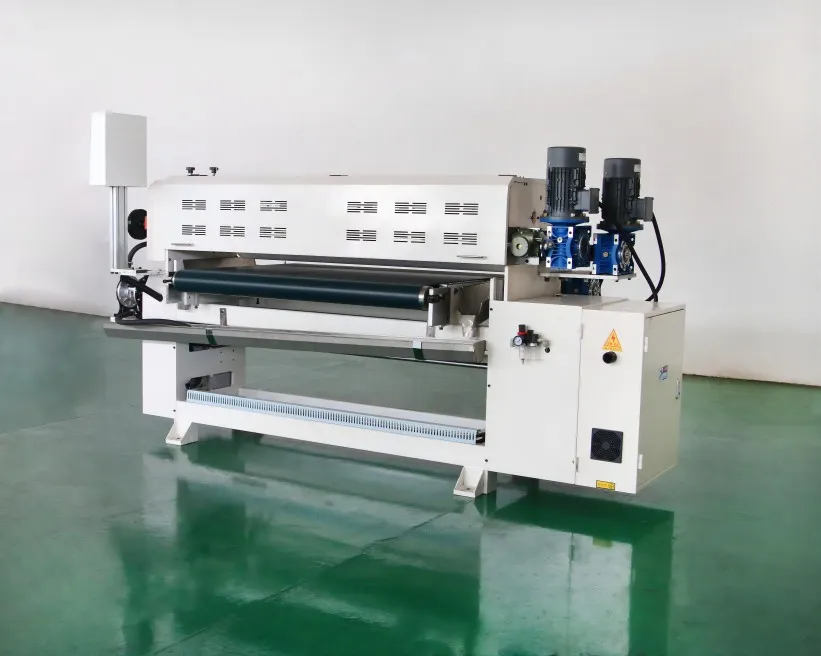
What is a UV roller coating machine?
A UV roller coating machine is a specialized device that uses coating rollers to evenly apply UV coating (i.e., UV-curable coating) to substrate surfaces and rapidly cures the coating film using a UV light source. Its core principle is to utilize multiple precision-ground rollers. The gaps between the rollers and the contact pressure between them transfer and apply the coating to the substrate, achieving a highly precise and uniform coating.
A UV roller coating machine typically consists of the following components:
· Feed conveyor system: Typically employs a PVC belt, chain, or roller conveyor system to ensure smooth feeding of the substrate into the coating area.
· Coating system: Comprised of a doctor blade roller, inking roller, coating roller, and metering roller, it accurately transfers the coating to the substrate surface.
· UV curing system: Consists of high-intensity UV lamps and reflectors to ensure rapid film curing.
· Control system: Includes a PLC control unit, human-machine interface (HMI), speed synchronizer, and temperature control system to adjust parameters such as coating thickness, conveying speed, and curing energy.
· Exhaust and cooling system: Removes heat and volatile components from the coating to prevent overheating.
· Automatic cleaning device (available on some models): Facilitates cleaning of the rollers and inking system.
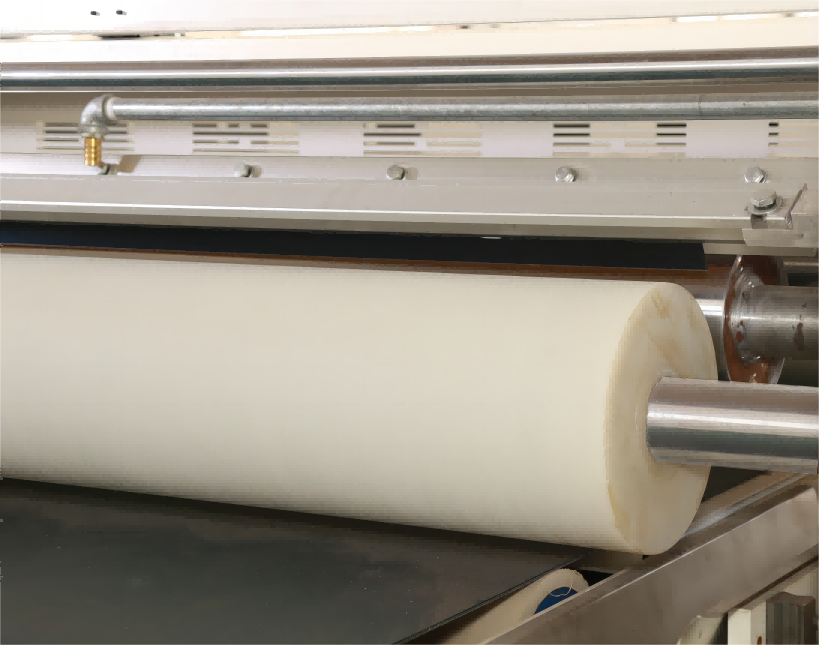
What is the process flow of a UV roller coating machine?
The main process flow of a UV roller coating machine is as follows:
Step 1: Substrate Preparation and Pretreatment
Step 2: Paint Preparation and Feed System Setup
Step 3: Roller Coating Operation
Step 4: UV Curing
Step 5: Post-Processing and Quality Inspection
The process flow of a UV roller coating machine is generally divided into several key steps, each of which requires control of multiple process parameters to ensure coating quality and efficiency. The details are as follows:
Step 1: Substrate Preparation and Pretreatment
·Process Objective: Ensure the substrate surface is clean, dry, and free of oil and dirt to improve coating adhesion.
·Substrate Selection: This includes PVC boards, MDF boards, multi-layer solid wood boards, and aluminum-plastic panels. The flatness and hardness of the substrate directly affect coating uniformity.
·Surface Dust Removal/Static Emission: Surface dust and static electricity are removed using methods such as ion blowers and brushes.
·Primer Coating (if necessary): Some materials will first be primed with a primer to prepare for subsequent UV roller coating.
Step 2: Paint Preparation and Feed System Setup
· Process Objective: Ensure UV paint has stable viscosity and good fluidity, suitable for roller coating.
· UV Paint Selection: Select transparent, matte, glossy, or functional UV paint based on process requirements, ensuring its solids content and fluidity meet equipment specifications.
· Viscosity Control: Typically maintain a viscosity of 15-30 seconds (Ford cup method) to avoid excessive viscosity that could cause roller blockage or uneven coating.
· Feed System: Use a gear pump or pneumatic pump to continuously feed paint to the roller, and establish a recirculation system to minimize paint waste.
Step 3: Roller Coating Operation
· Process Objective: Achieve highly uniform coating results through precise control of the gap between the rollers.
· Inking Roller and Metering Roller Adjustment: Control paint output by adjusting the gap between the two rollers. The gap is typically between 0.05 and 0.3 mm, depending on the required coating thickness.
· Coating Roller Material and Pattern: Metal rollers are suitable for glossy coatings, while rubber rollers are suitable for matte coatings or textured surfaces. In some applications, engraved rollers are also used to create special effect textures. Coating Speed Setting: Adjust the conveyor belt and roller speed of the UV roller coating machine based on the substrate type and coating thickness requirements, generally set within a range of 5 to 30 m/min.
Thickness Control: Achieve a uniform coating thickness of 5 to 100 μm by matching roller pressure with coating viscosity.
Step 4: UV Curing
· Process Goal: Instantaneously polymerize and cure the coating, forming a wear-resistant and scratch-resistant surface film.
· UV Light Source Types:
1. Mercury Lamp: Suitable for most UV coatings, with a wavelength primarily concentrated at 365 nm.
2. LED-UV Lamp: Low energy consumption, low temperature rise, and suitable for heat-sensitive materials.
· Lamp Power and Exposure Time: Common power levels include 80 W/cm² and 120 W/cm², with an exposure time of 0.5 to 2 seconds.
· Lamp Distance Adjustment: Maintain an appropriate distance of 5 to 15 cm from the substrate to ensure even energy distribution.
· Cooling and Exhaust: To prevent substrate deformation due to temperature rise, an air/water cooling system and exhaust fan are required.
Step 5: Post-Processing and Quality Inspection
· Process Objective: Confirm that the coating film performance meets the requirements and perform necessary surface treatment.
· Curing Effect Inspection: Visually inspect for dust adhesion and the integrity of the film. Use a fingernail to gently scratch the surface to determine the degree of cure.
· Surface Hardness Test: Use a pencil hardness tester or pendulum hardness tester to test the coating hardness.
· Thickness Test: Use a film thickness gauge or weighing method to measure the coating thickness to ensure compliance with technical specifications.
· Flatness and Glossiness Inspection: Use methods such as reflectivity inspection and gloss meter measurement to control the appearance quality.
· Required Post-Processing: Some products may require sanding, lamination, or re-coating, depending on the product process requirements.
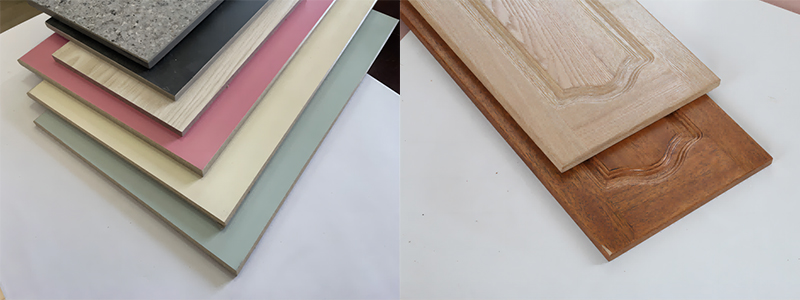
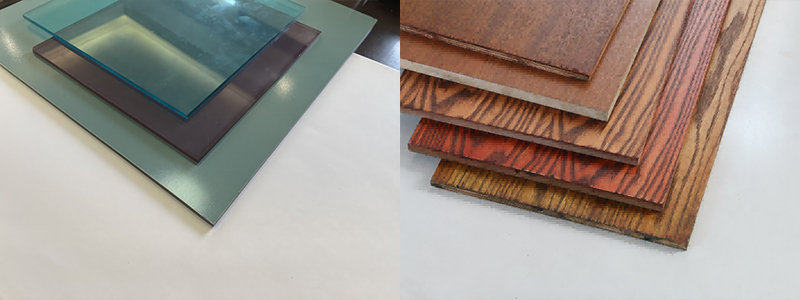
Key Technical Parameters in UV Roller Coating Machine Operation
To achieve stable and efficient UV coating results, the following key technical parameters must be precisely controlled:
| Process parameters | Control Range | Description |
Coating speed | 5-30 m/min | Affects coating uniformity and production efficiency |
Coating viscosity | 15-30 s (Ford Cup) | Both high and low viscosity are detrimental to film formation |
Coating thickness | 5-100 μm | Determined by the metering roller and the feed rate |
| Roller gap | 0.05-0.3 mm | Controls coating output and transfer ratio |
| UV lamp power | 80-120 W/cm | Affects curing speed and surface properties |
| UV exposure time | 0.5-2 s | Mixed speed determines curing energy |
Key Points for UV Roller Coating Machine Operation and Maintenance
During the operation of the UV roller coating machine, to ensure long-term stable operation and reduce malfunctions, pay special attention to the following points:
· Paint Filtration System: Before each use of the UV roller coating machine, the paint must be filtered to prevent impurities from clogging the rollers.
· Roller Cleaning: Clean the roller surface promptly after each operation to prevent residual curing.
· Regular UV Lamp Replacement: The UV lamp generally operates for 800-1000 hours and should be replaced promptly after power loss.
· Cooling System Inspection: Regularly check the operating status of the fan, motor, and water pump to prevent temperature control failure.
· Electronic Control System Calibration: Periodically check the consistency of parameters in the UV roller coating machine's sensors, PLC module, and touch screen to ensure accurate automated control.
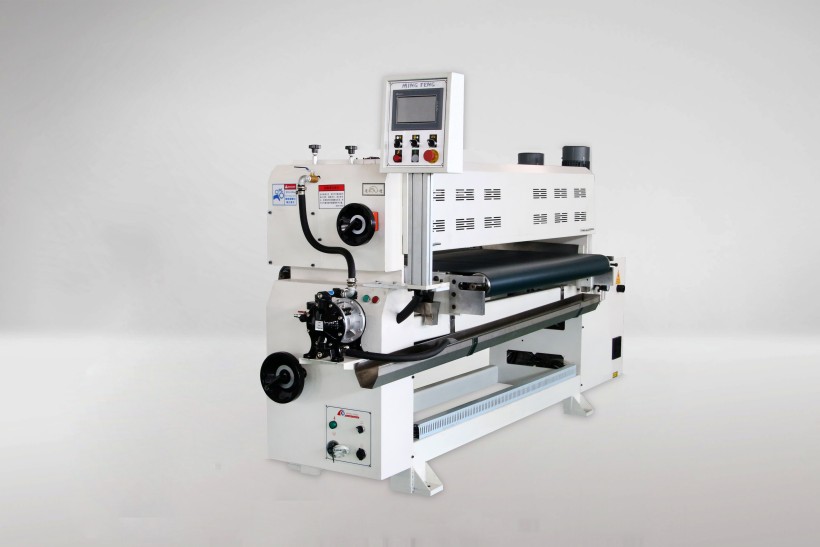
What industries and materials does XMF Machinery serve with your coating equipment?
As a leading supplier and manufacturer, XMF Machinery specializes in surface coating and printing equipment serving furniture, door, flooring, calcium silicate board, plastic, glass, metal, ceramic and other materials. Whether you need roller coating lines for wooden profiles or spray machines for metal panels, we design and produce high quality, customized, efficient coating machines.
We support purchasing teams worldwide with professional quotes and promotions, and deliver reliable after & sale service to help optimize production lines.
